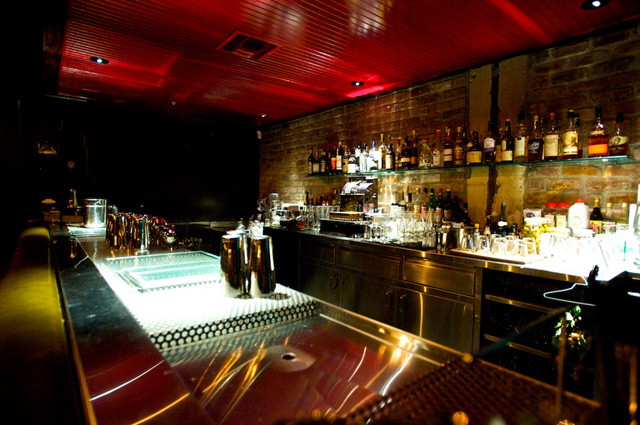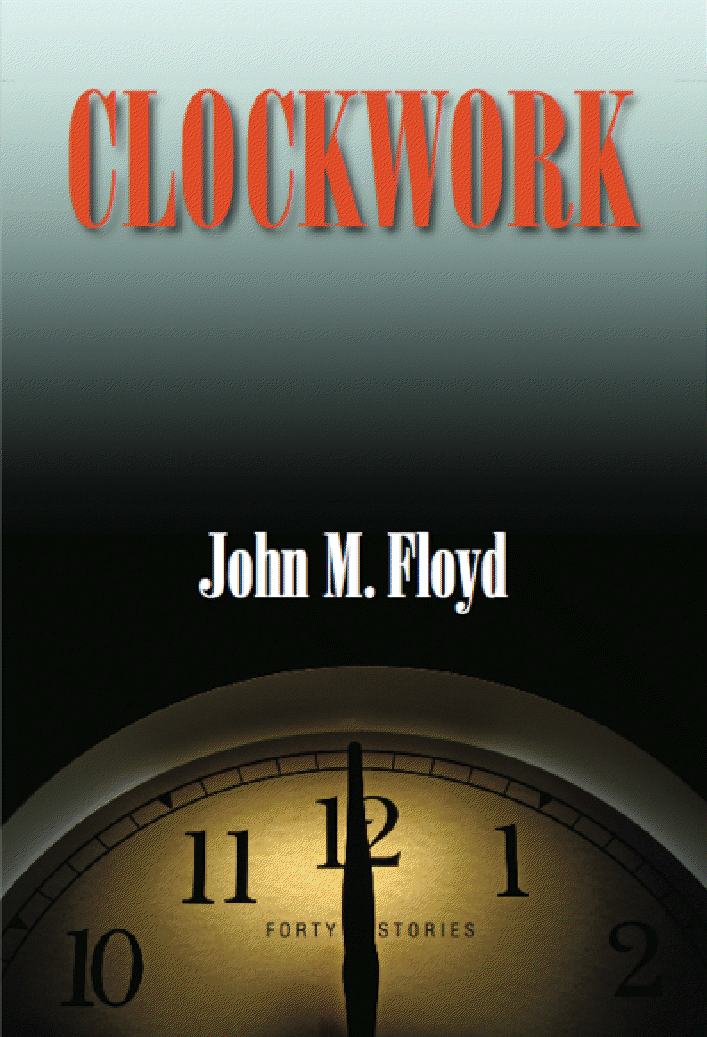Monday, August 2: The Scribbler
AGAINST THE GRAIN
by James Lincoln Warren
I live in one of the strangest places on earth. In L.A., appearance is everything. I often wonder how living in Los Angeles falsely colors my perception of the rest of the world—inhabiting a city famous for glitz and glamor as well as for extremely localized urban discord and motor-driven suburban sprawl, it’s a very difficult thing to separate what is true from what is illusion.
A sense of style is an essential ingredient to life in SoCal. Back in 1970, comparing my neck of the woods with Renaissance Italy, famed Philadelphia architect Robert Venturi wrote that “the archetypal Los Angeles will be our Rome and Las Vegas our Florence.” Can’t get much more style-conscious than that.
Since show biz, if not the biggest industry here, is at least the most prominent in terms of its social impact—entertainment news here is treated with the same or higher priority as political news—you have to wonder how much of the way things appear to us Angelenos is a reflection of American society at large and how much is ginned up in Hollywood fantasy factories.
Take booze. For generations, the preferred tipple of Californians has been wine. This is the consequence, of course, of having one of the world’s pre-eminent wine producing regions right here in our back yard. The legendary vineyards of France were saved from a devastating phylloxera1 epidemic by grafting the European vines on California stock roots. The result of the famous “Judgment of Paris” wine-tasting competition in 1976, pitting French against Californian vintages, was a resounding victory for the West Coast. The oenology department at the University of California Davis is renowned the world over. No wonder we love our wines.
But lately, cocktails have made a roaring comeback. I think it got started with the TV adaptation of Sex and the City and the girls’ ubiquitous Cosmopolitans (which is actually a variant of an earlier cocktail called the Harpoon, with the proportions of the lime and cranberry juices reversed), but it really started to pick up steam with Mad Men, which seems to dominate the pop cultural scene out here2 in a way not seen since Buffy the Vampire Slayer reinvented California slang. (In yesterday’s Los Angeles Times, not only is Jon Hamm (Don Draper) on the cover of Parade magazine, but there’s an interview with Alison Brie (Trudy Campbell) in the style-oriented LA Magazine insert—and last week, L.A. Times TV critic Mary McNamara, in addition to her review of the inaugural episode of the show’s fourth season, gave us a piece comparing Draper to Satan that was widely circulated and discussed on cable news shows.)
Spirits have a long and distinguished, although a more apposite word may be extinguished (*hic!*), history in California hard-boiled detective fiction, which was, here as elsewhere, largely driven by Prohibition with its attendant bootleggers and revenue agents. The Thin Man may take place in New York City, but William Powell and Myrna Loy were native creatures of Tinsel Town. Marlowe kept a bottle of bourbon in his desk.
I’m noticing things. Rye whiskey, which for twenty years was difficult to find unless you settled for blended Canadian whiskey, has experienced a back-from-the-grave resurgence. At my local liquor store last week, I counted not fewer than six brands of it, some of it as pricey as fine Highland single malt.
I like whiskey, but I’m a martini man myself.3 It used to be that my predilection for same was unusual in a somewhat charmingly anachronistic and idiosyncratic way, but no more. Now I’m just one of the crowd.
My fictional detective Carmine Ferrari, who contrary to hard-boiled tradition is not anything of a dipso, only drinks wine at dinner and beer at home when watching football on TV. His partner Custer Malone favors añejo tequila, and keeps a bar in his office like the Madison Avenue types portrayed in Mad Men, although in my defense I must say that I gave him that particular character accessory long before I ever saw MM. Alan Treviscoe drinks ale. Treviscoe’s sidekick Africanus Hero is a teetotaler, being an 18th century Methodist.
What a character prefers to drink is one of those little details that’s useful in defining who he is. Early hard-boiled dicks were hard drinkers of undiluted spirits because they were tough and unrefined. John Steed and Emma Peel drank champagne because they were tough and exceedingly refined. Bond drank vodka because he was a spy and vodka is Russian (although in the books, Bond has a widely defined palate for booze and expresses strong opinions on which soda water should be used to mix his highball). I don’t think it probably ever occurred to their creators that these folks seem to spend an inordinate measure of their time self-medicating. After all, they also all smoked like chimneys (except for Steed and Peel), and even Harry Bosch abandoned that particular vice several years ago in the interest of healthy living.
But the rebirth of booze looks like it’s going to hang on for a while.
Unless this is just another L.A. fad.
- An insect pest, native to eastern North America and related to the aphid, that virtually wiped out wine production in most of Europe in the last half of the 19th century [↩]
- Although it takes place in New York, Mad Men is produced here in L.A. In several episodes, the fancy restaurant featured is actually the restaurant in the Biltmore Hotel, where our own Steve Steinbock hosted a dinner party during the last Left Coast Crime mystery fan convention. [↩]
- Note for the non-cognoscenti: a martini is made with gin. A vodka martini, à la James Bond, is made with vodka. Such things as “designer” martinis like “apple martinis” and their fruity ilk, popularized in the 90s, are not martinis at all, and are sheer anathema to purists like me. [↩]

























 With gratitude and apologies,
With gratitude and apologies,